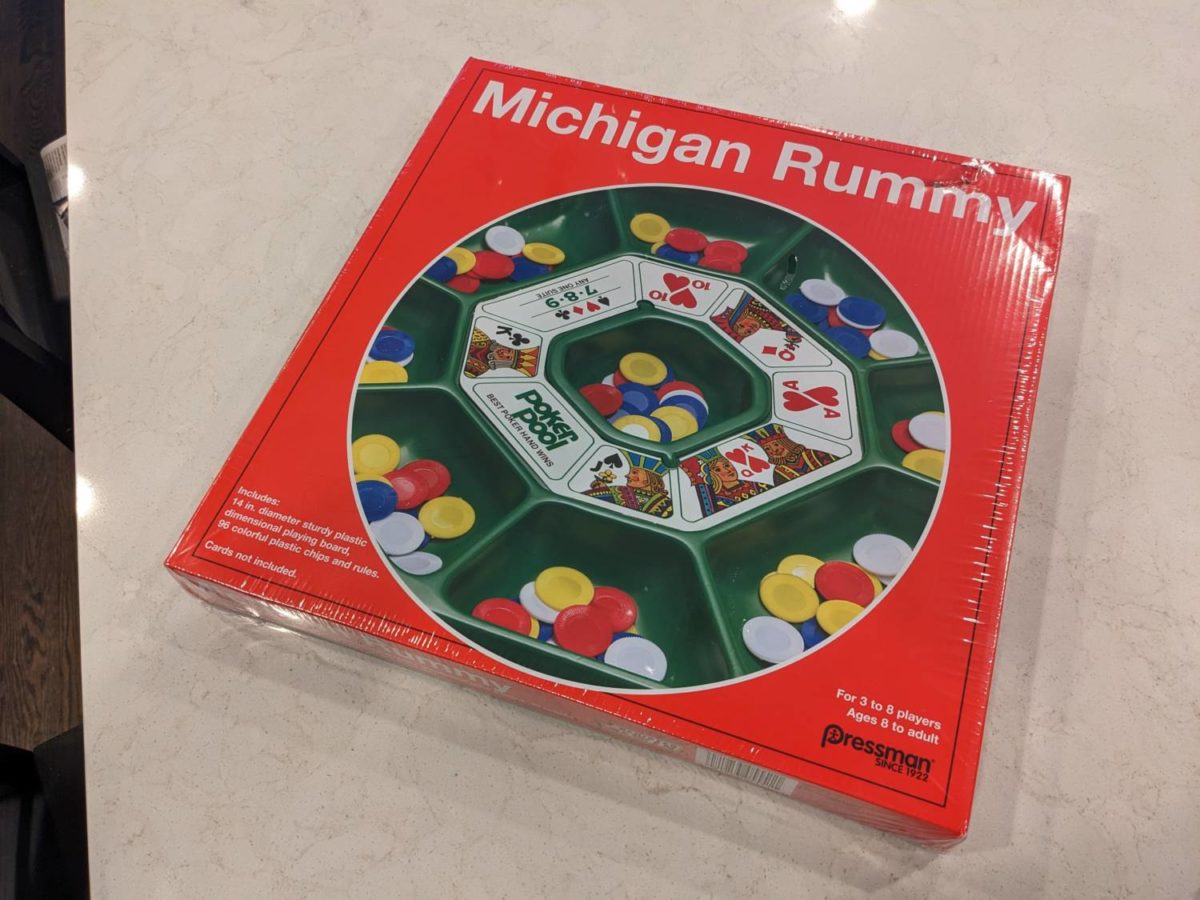Indian Rummy isn’t just a game—it’s a cultural staple. Whether played at family gatherings or online with strangers, the thrill of forming sequences and declaring your hand never gets old. But if you’re new to the digital version, the rules, platforms, and strategies can feel overwhelming. Let’s break it down.
Understanding Indian Rummy Basics
First things first: Indian Rummy is a variation of the classic 13-card Rummy. The goal? Arrange all 13 cards into valid sequences and sets before your opponents do. Here’s the deal—you’ll need at least two sequences, one of which must be pure (no jokers). The rest can be sets or impure sequences.
Key Terms to Know
Before diving in, familiarize yourself with these terms:
- Pure Sequence: 3+ consecutive cards of the same suit (e.g., 5♥, 6♥, 7♥).
- Impure Sequence: A sequence with a joker (e.g., 5♠, Joker, 7♠).
- Set: 3+ cards of the same rank but different suits (e.g., 8♦, 8♣, 8♠).
- Joker: Wildcards that substitute for missing cards.
- Drop: Opting out of a game early to minimize points.
Step 1: Choose a Reliable Online Platform
Not all rummy sites are created equal. Look for platforms with:
- Licensing from authorities like the Indian Gaming Commission.
- Secure payment options (UPI, Paytm, etc.).
- Beginner-friendly tables and tutorials.
- Positive user reviews (trust us, Reddit threads help).
Popular choices include RummyCircle, Junglee Rummy, and Ace2Three. Most offer free games to practice—use them.
Step 2: Learn the Rules Inside Out
Indian Rummy has subtle rule variations. Here’s the gist:
- Each player gets 13 cards.
- Draw a card from the closed/open deck or pick the discard pile’s top card.
- Discard one card to the open pile.
- Form 2 sequences (1 pure) + any valid sets.
- Declare your hand by placing the 14th card face-down.
Penalties? Oh yeah. If you lose, you’ll rack up points based on ungrouped cards. Face cards = 10 points, number cards = face value, and aces = 1.
Step 3: Master Basic Strategies
Rummy isn’t just luck—it’s chess with cards. Try these tactics:
1. Prioritize the Pure Sequence
Without a pure sequence, you can’t declare. Focus on this first, even if it means breaking a potential set.
2. Track Discarded Cards
Notice opponents dumping spades? They likely don’t need them. Use this to guess their hands—or hide yours.
3. Ditch High-Value Cards Early
Holding a K♦ or Q♠? Shed them fast. If you lose, they’ll cost you 10 points each.
Step 4: Avoid Common Mistakes
New players often:
- Hoard jokers for “perfect” sets (don’t—use them early).
- Ignore opponents’ picks (big mistake).
- Forget to drop when cards are hopeless (cut your losses).
Step 5: Practice, Practice, Practice
Start with free games. Move to low-stakes tables. Observe how pros play—you’ll pick up tricks like bluffing discards or holding onto a single suit.
Honestly, the best way to learn is by losing a few hands. It stings, but you’ll improve.
Final Thoughts: Why Online Rummy?
Digital rummy is faster, fairer (no sneaky card shuffles), and available 24/7. Plus, you can play in pajamas. That said, the core thrill remains the same: outsmarting opponents, one card at a time.




